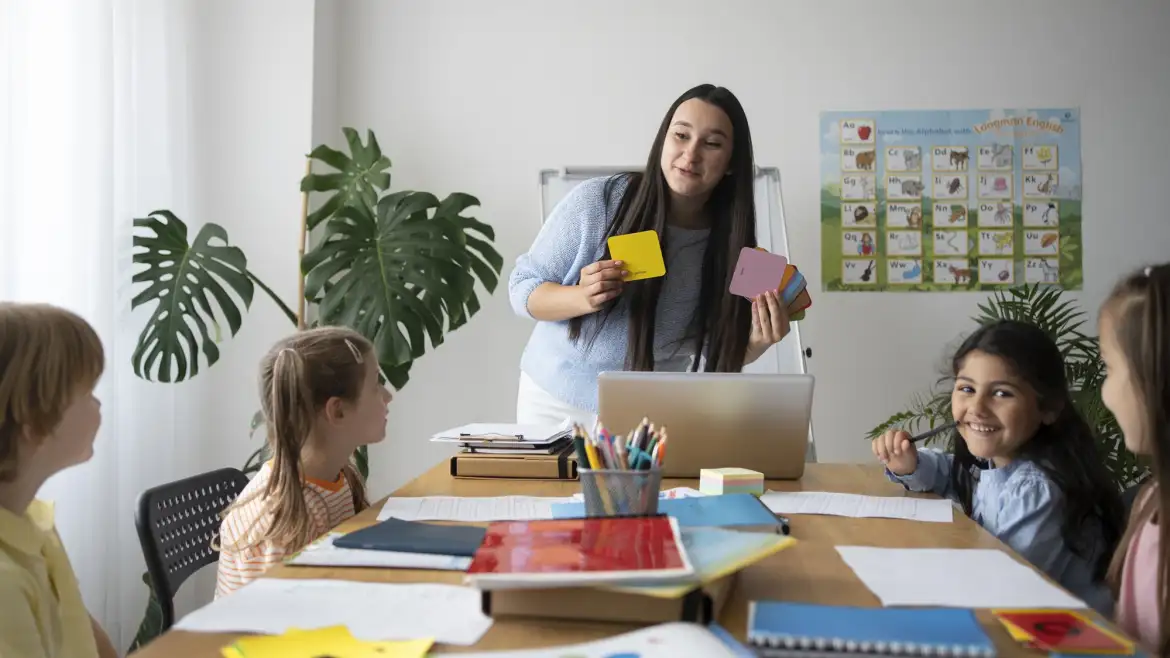Starting Primary 1 is a major milestone—not just for children, but also for parents. If you’re new to Singapore’s education system, understanding the primary school registration phases might feel overwhelming at first. But don’t worry. This guide provides you with five helpful insights that can make the process clearer and more manageable.
Whether you’re aiming for a top school or simply want to make informed decisions, understanding the primary school registration phases can greatly increase your chances of success.
1. Understanding the P1 Registration Phases
Singapore’s primary school registration phases are carefully structured to give fair opportunities based on a child’s connection to the school.
- Phase 1: For children who have a sibling currently enrolled in the school. This phase offers the highest priority.
- Phase 2A(1) and 2A(2): For children whose parents or siblings are alumni, or parents involved in school committees.
- Phase 2B: For children whose parents have volunteered at the school or are affiliated with religious or community organisations.
- Phase 2C: For all Singapore Citizens and PRs not eligible under earlier phases—often the most competitive.
- Phase 3: For international students, who must first obtain a Letter of Eligibility.
You can find full details on the MOE P1 Registration website for the most updated information.

2. How Balloting Works (And Why It Matters)
Balloting is a key part of the primary school registration phases when applications exceed available spots. It’s not entirely random—priority is based on citizenship and proximity to the school.
Balloting priority order:
- Singapore Citizens within 1km
- Singapore Citizens 1–2km
- Singapore Citizens beyond 2km
- Permanent Residents within 1km
- Permanent Residents 1–2km
- Permanent Residents beyond 2km
Knowing your distance band is crucial. Use the MOE SchoolFinder tool to check your eligibility based on your address.
To understand balloting in real-life scenarios, check our honest guide to MOE P1 registration, where we explore common pitfalls and parent strategies.
3. Key Dates and What to Prepare
The primary school registration phases typically span from July to August. Each phase has its own short window, so timing is key.
General timeline:
- Phase 1: Early July
- Phase 2A: Mid-July
- Phase 2B: Late July
- Phase 2C & Supplementary: Late July to Early August
- Phase 3: August to October
Essential documents:
- Child’s birth certificate
- Both parents’ NRICs
- Proof of address
- Sibling or alumni proof, if applicable
Some phases are done online, others require in-person submission. Refer to MOE’s guidelines and stay updated through school newsletters or the childcare leave entitlement guide.
4. Plan Ahead Like a Pro Parent
If you want to maximise your chances during the primary school registration phases, planning ahead is key.
- Secure your address early: You must reside at the registered address for at least 30 months prior to registration to qualify for distance priority.
- Volunteer in advance: For Phase 2B eligibility, schools require volunteers to commit time, often at least a year ahead.
- List backup schools: Popular schools fill quickly. Have alternatives that still support your child’s learning style.
- Learn from other parents: Forums like KiasuParents provide first-hand insights on balloting and school culture.
And if you’re still in preschool stage, check out how Little Unicorn Preschool helps children prepare academically and socially for Primary 1.
5. Stay Informed and Flexible
Educational policies may change over time—merging schools, altering eligibility, or shifting timelines in the primary school registration phases.
Stay informed by:
- Checking the MOE site regularly
- Subscribing to school updates
- Engaging in parent communities
Flexibility in school choices can lower stress and reveal great schools you hadn’t considered. Some parents even explore holistic education alternatives like those discussed in our middle school age guide.
Final Thoughts
The primary school registration phases in Singapore may seem complex, but with clear information and preparation, you’ll feel much more in control. Every child is unique—the best school is the one that supports their development and well-being.
Still planning your child’s educational journey? Visit littleunicornpreschool.com or contact us for guidance. We’re here to support parents and children on every step toward Primary 1.



